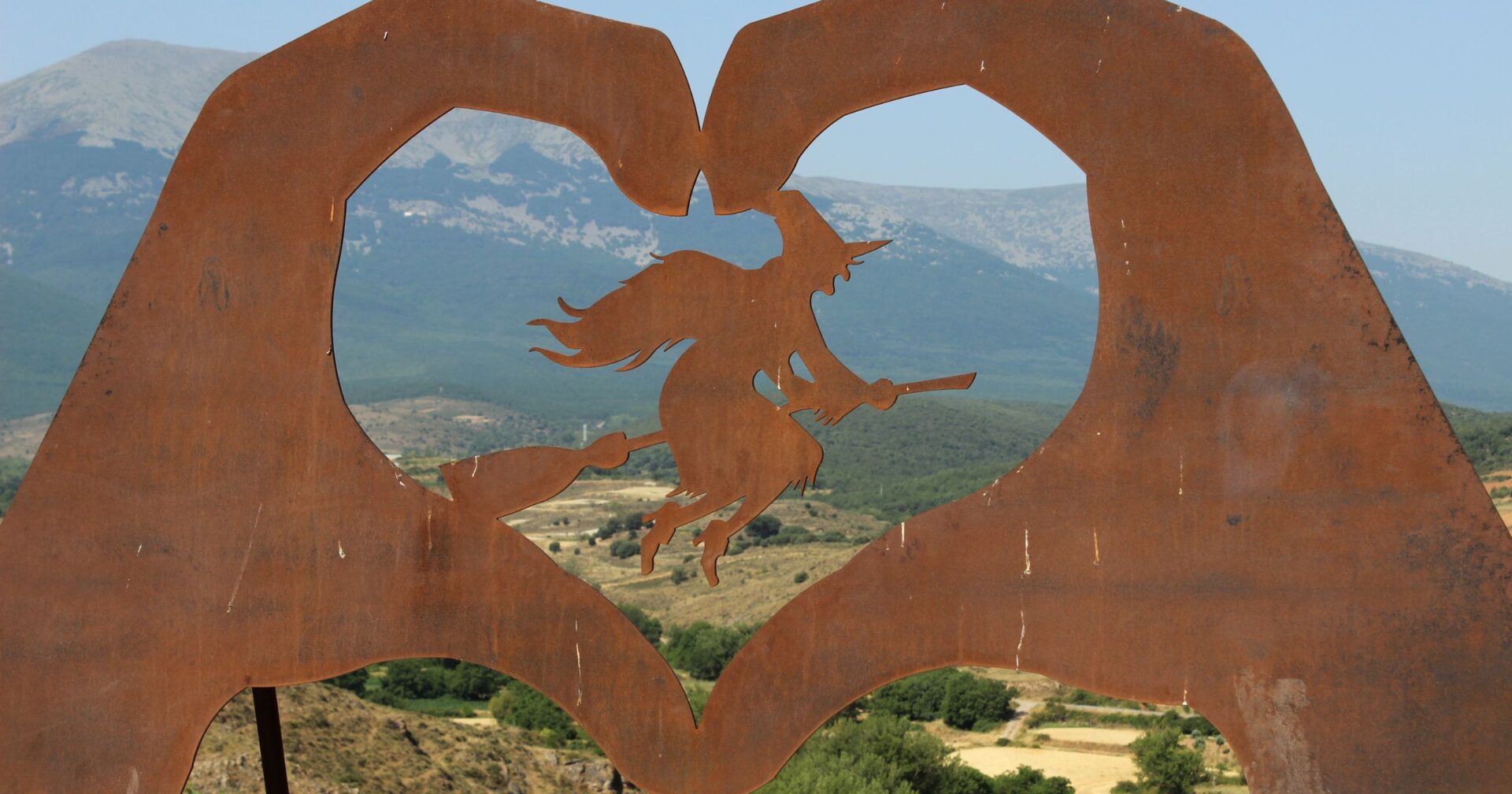Tucked in the foothills of northern Spain is the village of Trasmoz, today home to a population of less than 100 people.
In the 13th century however, Trasmoz was a prosperous medieval community with nearly 10,000 residents and a towering castle neighboring the Cistercian Monastery of Veruela.
Why was this entire village cursed and excommunicated by the pope? Officially, they were accused of being a safe haven to witches and wizards, but the real story is a bit more murky and complex than that.
A thriving fiefdom, Trasmoz in the 13th century was full of iron and silver mines with vast reserves of wood and water. The castle residents used their plentiful metal in a clandestine counterfeiting operation. By royal decree, they were also secular land, meaning they paid no taxes to the nearby monastery and doubly reaped the benefits of their forged currency.
As the custodian of the castle tells it:
“During the 13th Century, the castle occupants dedicated their time to forging fake coins. And to keep the people of Trasmoz from investigating all that scraping and hammering, they spread a rumor that witches and sorcerers were rattling chains and forging cauldrons to boil magic potions at night. It worked, and Trasmoz was forever associated with witchcraft.”
When rumors of Trasmoz’ witchcraft spread beyond village, the abbot of Veruela seized the opportunity. He requested the nearby Archbishop of Tarazona excommunicate the entire village in 1252.
When Trasmoz didn’t repent, the disputes with the Monastery of Veruela continued for centuries, coming to a head when the abbot diverted water from the village. The Lord of Trasmoz took up arms against the monastery, but shortly before an outright war, King Ferdinand II intervened and signed a royal decree authorizing Trasmoz to reclaim their water rights.
The Church never forgot nor forgave this, and in 1511, Veruela received explicit permission from Pope Julius II to cast a curse over the village and excommunicate all inhabitants. The abbot chanted Psalms 108 over the village, alleging the inhabitants were blinded by witchcraft.
9 years later, Trasmoz was curiously struck by misfortune. The castle burnt down, and gradually it’s population abandoned the village.
Today, Trasmoz has only a single bar-restaurant – and a witch museum, inside the castle ruins. Because the curse had papal approval, only the pope can lift it. No pope ever has.
Trasmoz could petition the Church to lift its 700+ year old curse, but they never would: it’s too much of a tourist attraction. They hold an annual witchcraft fair with crowds in the thousands, even crowning a villager Witch of the Year.
“We’re not considering it, we’re not going to do it.” said Trasmoz’ mayor, Jesús Andia.
“Getting rid of it now would be like erasing everything. I think future generations would never forgive us.”
Trasmoz did however, reconcile with Veurela Abbey, and Mass is celebrated in the village’s church.
Photo credit: Juanje 2712 via Wikimedia















Papas Authority is the highest authority on earth but are arcely used for curses on men even when the Church are under attack because our battle is not against flesh and blood but if by chance such curse occurs, only Pope can lift it. The Pope is the Vicar of Christ on Earth and the successor of St. Peter. The Church is connected to the Divine Extraterrestrials. The Sprits of Light!
so true bestie slay frfr ong